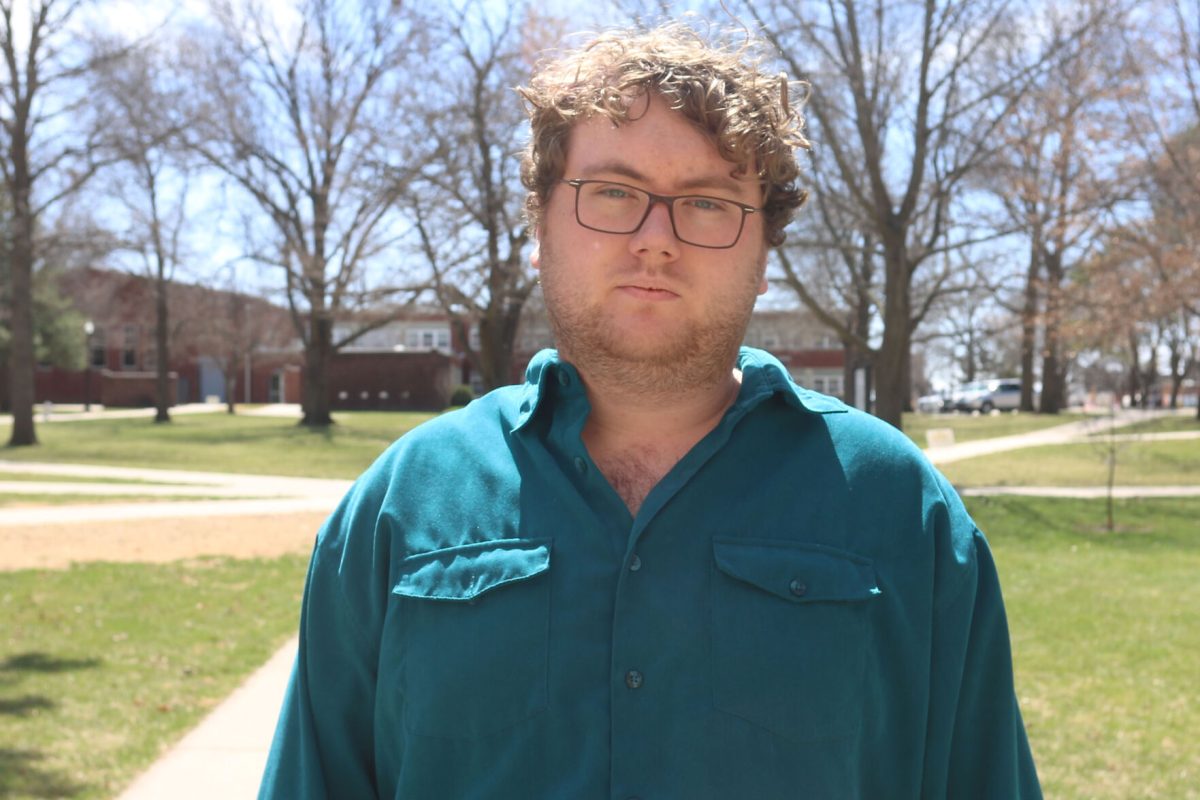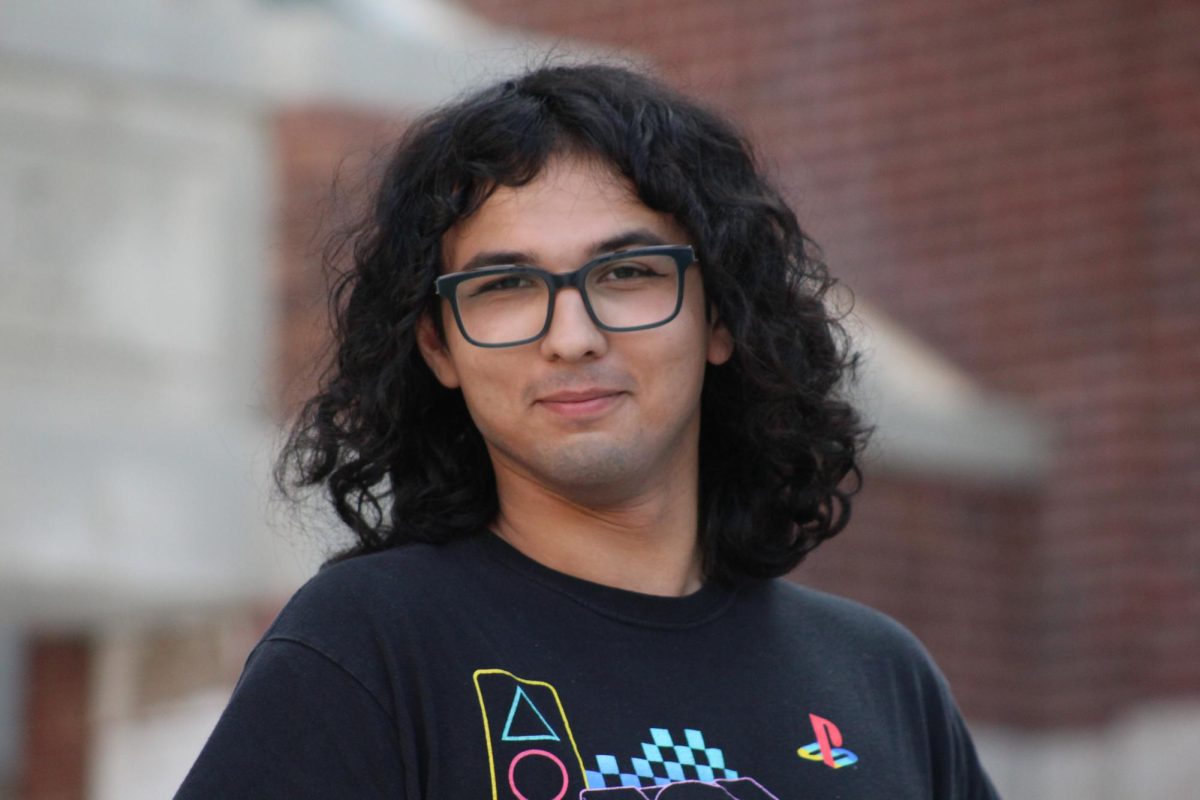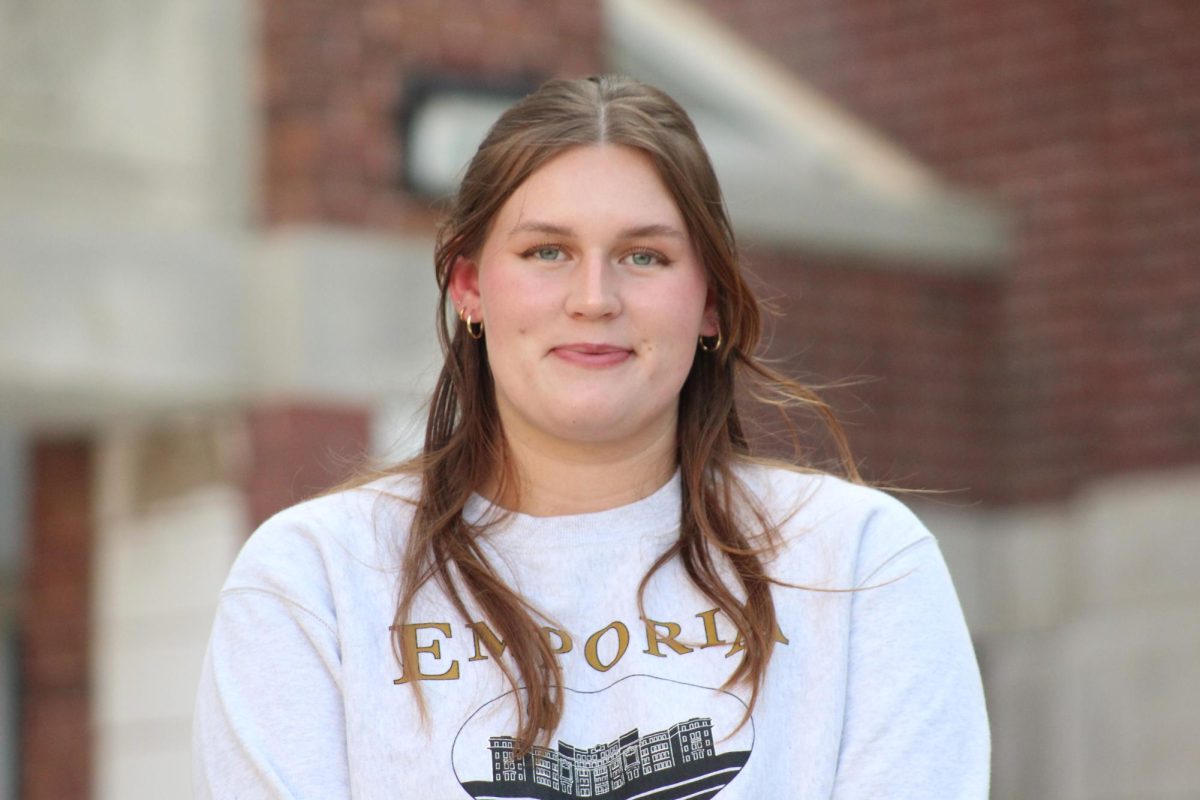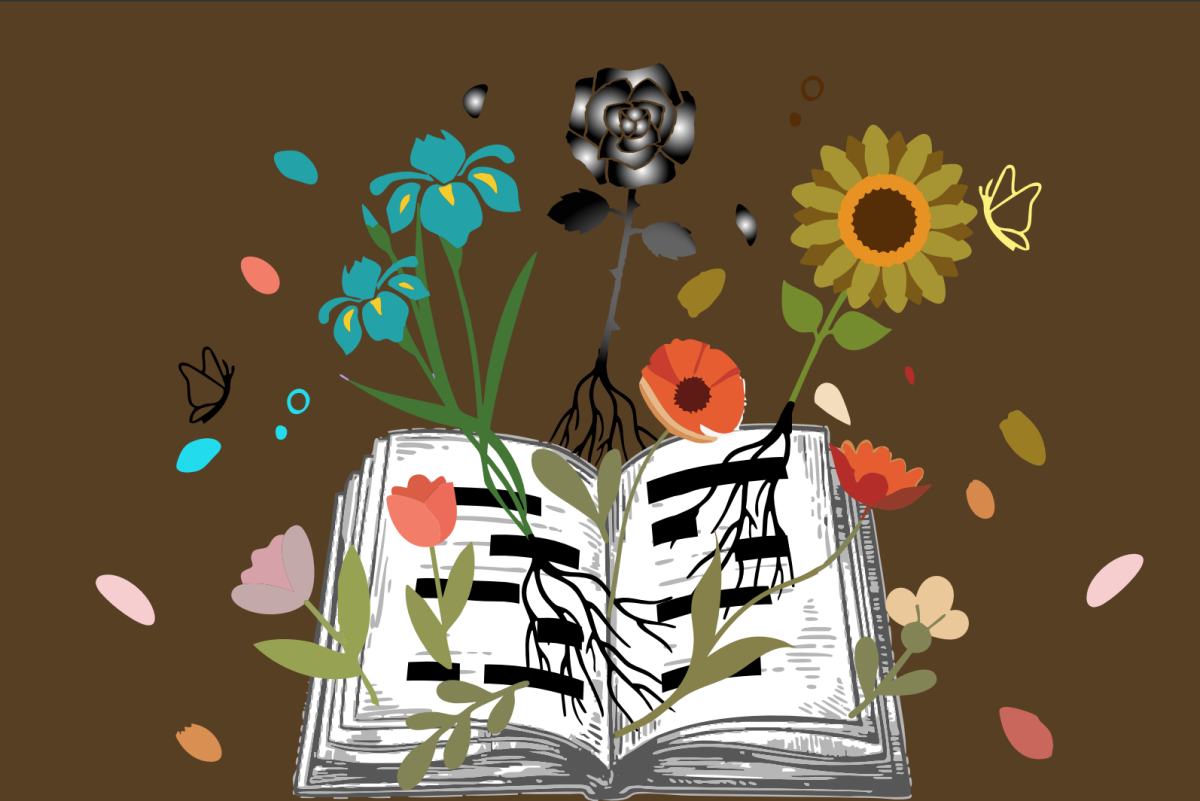I work at a funeral home, so I know the ins and outs of the funeral industry. The most common form of postmortem care is cremation, probably because it’s about one-fourth the cost of traditional burial. Though cremation is preferred by most, I don’t want to leave this world in flames; I want to be forever present, rotting in a box.
In Kansas, there are really only four options for post mortem care. These options are, in order from least expensive to most expensive: body donation (for scientific research), direct burial (where the deceased is buried without embalming or a viewing), cremation and traditional burial. When my time comes, my family better not cheap out on me. I want a traditional burial with the nicest plot and the most comfortable casket; I don’t care if it costs my family $10,000.
I think a lot of people avoid traditional burial not because it’s expensive but because they fear the embalming process. Embalming is required by most funeral homes, at least in Kansas, in order to have a traditional burial. Embalming is important because it preserves the decedent, slowing down liquification of the body. Embalming allows the mortician and family of the decedent adequate time to prepare funeral arrangements.
The embalming process is invasive. The body must be drained of blood, all major organs must be pierced to remove fluid and the body cavity must be filled with chemicals to prevent bloating and purging. Most people consider this to be a barbaric and gruesome process, but I think it’s a masterful art form that deserves respect and admiration.
Morticians spend years perfecting the art of embalming. They may spend hours meticulously preparing the deceased before presenting them to their family. They must clean and disinfect the body and properly close the eyes and mouth. If the decedent is jaundice, has facial bruising or they look emaciated, the mortician will color correct, bleach, and inject filler into the face, bringing them to their original likeness. If trauma occurred at the time of death leaving lacerations or indentations in the decedent’s face, morticians use their years of experience to reconstruct the facial structures to their original composure.
The mortician’s goal is to present a loved one in a peaceful state, free of trauma and pain. Morticians provide families the opportunity to grieve knowing that their loved one is in a better place. In my opinion, viewing the body of a loved one is the most important part of the grieving process. It confirms that their loved one is gone and provides the family with the closure that their loved one is in a better place. Other postmortem care options do not provide the closure of traditional burial; thereby, in my opinion, prolonging the grieving process.
When my time comes, which will hopefully be several decades from now, I want my family and friends to receive the closure that comes from a traditional burial. I want them to weep over the cold, lifeless bag of fluid that I used to call my body. I want them to look at my heavily embellished face and remember the good times that we had. I want to provide them with the closure that I am, in fact, dead and slamming beers with my buddies in heaven.




